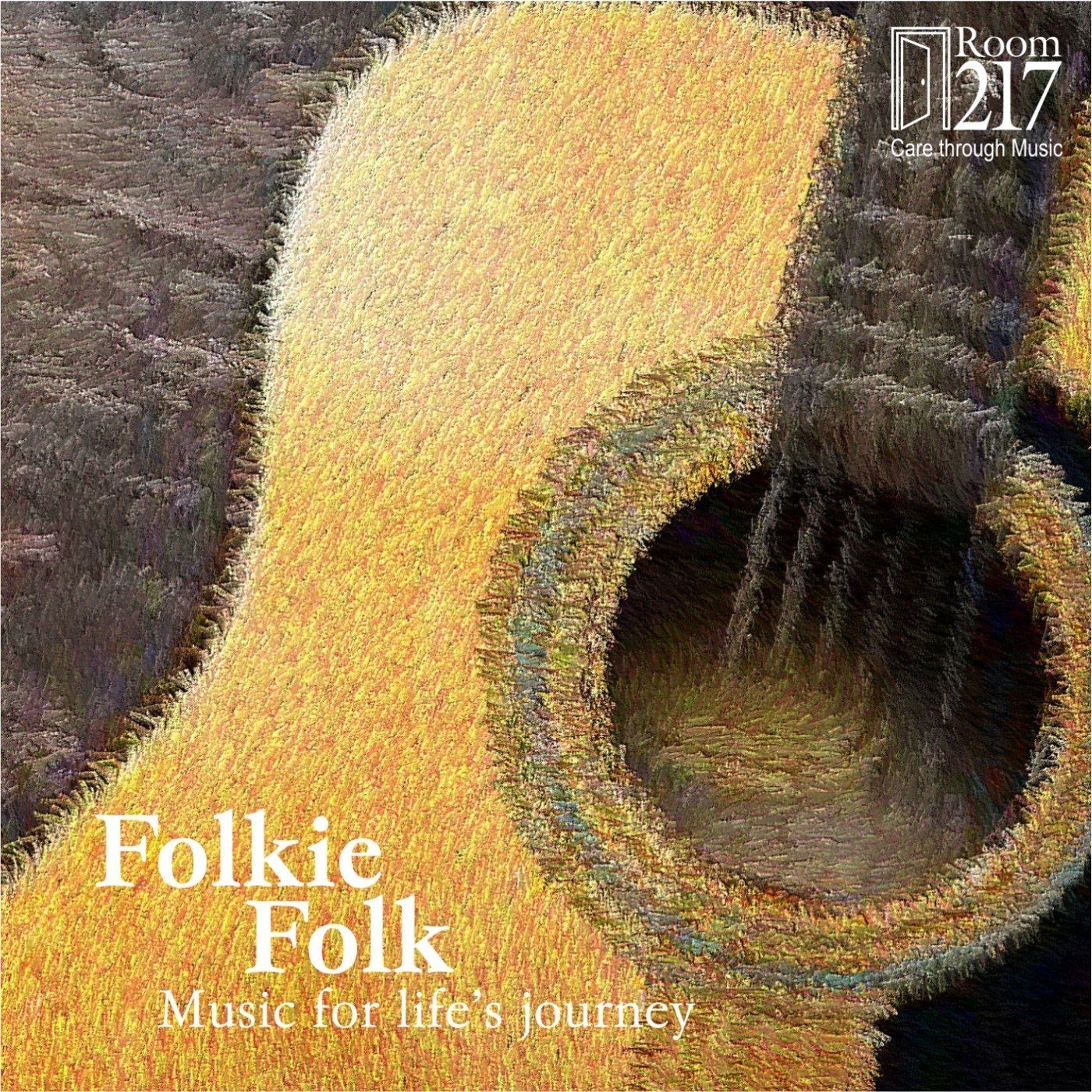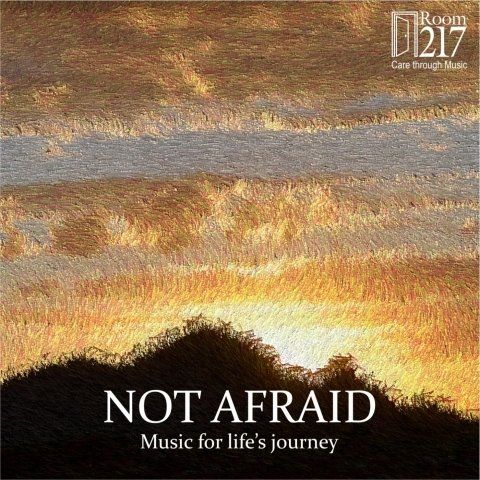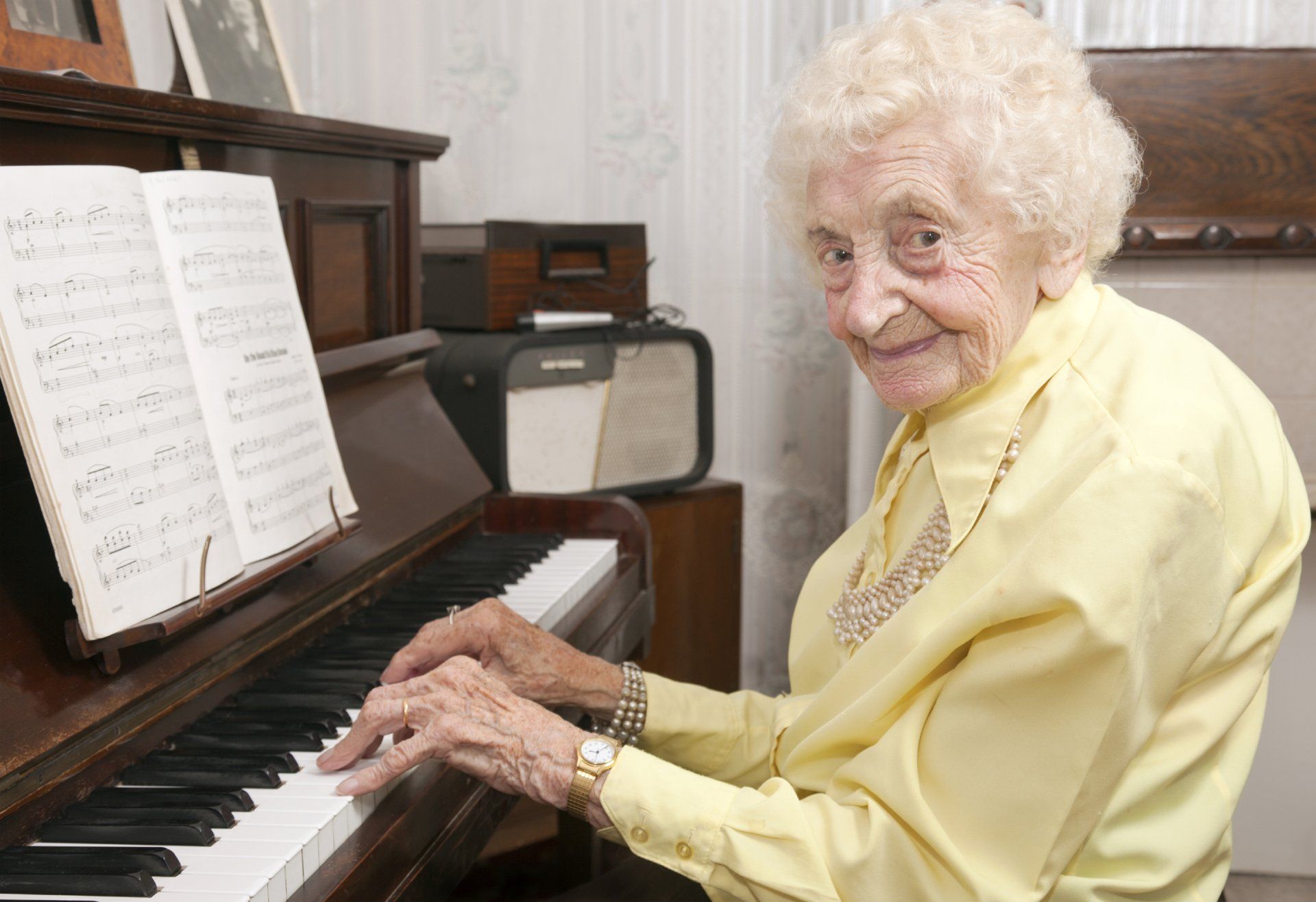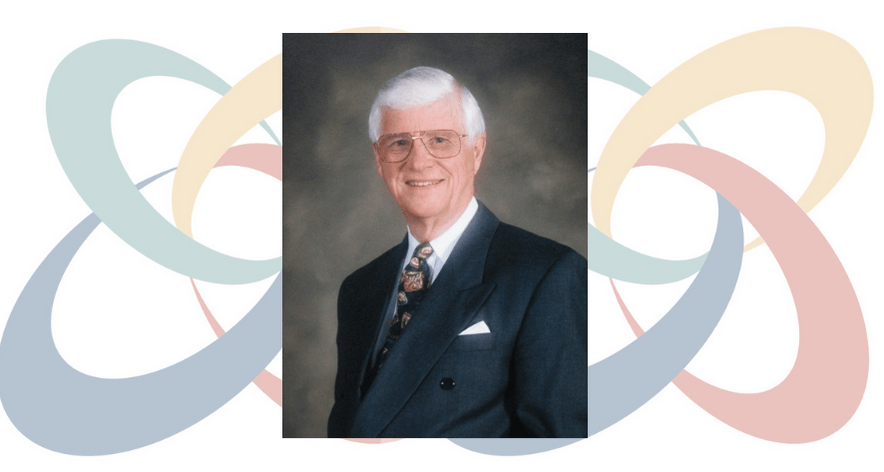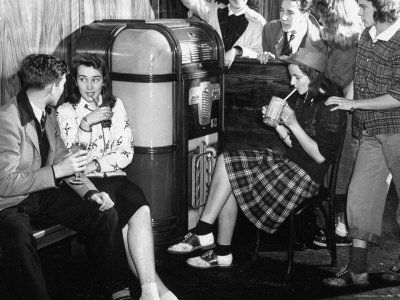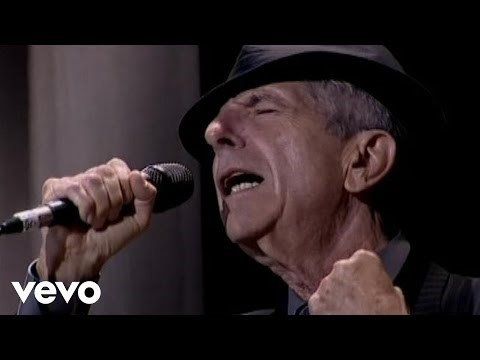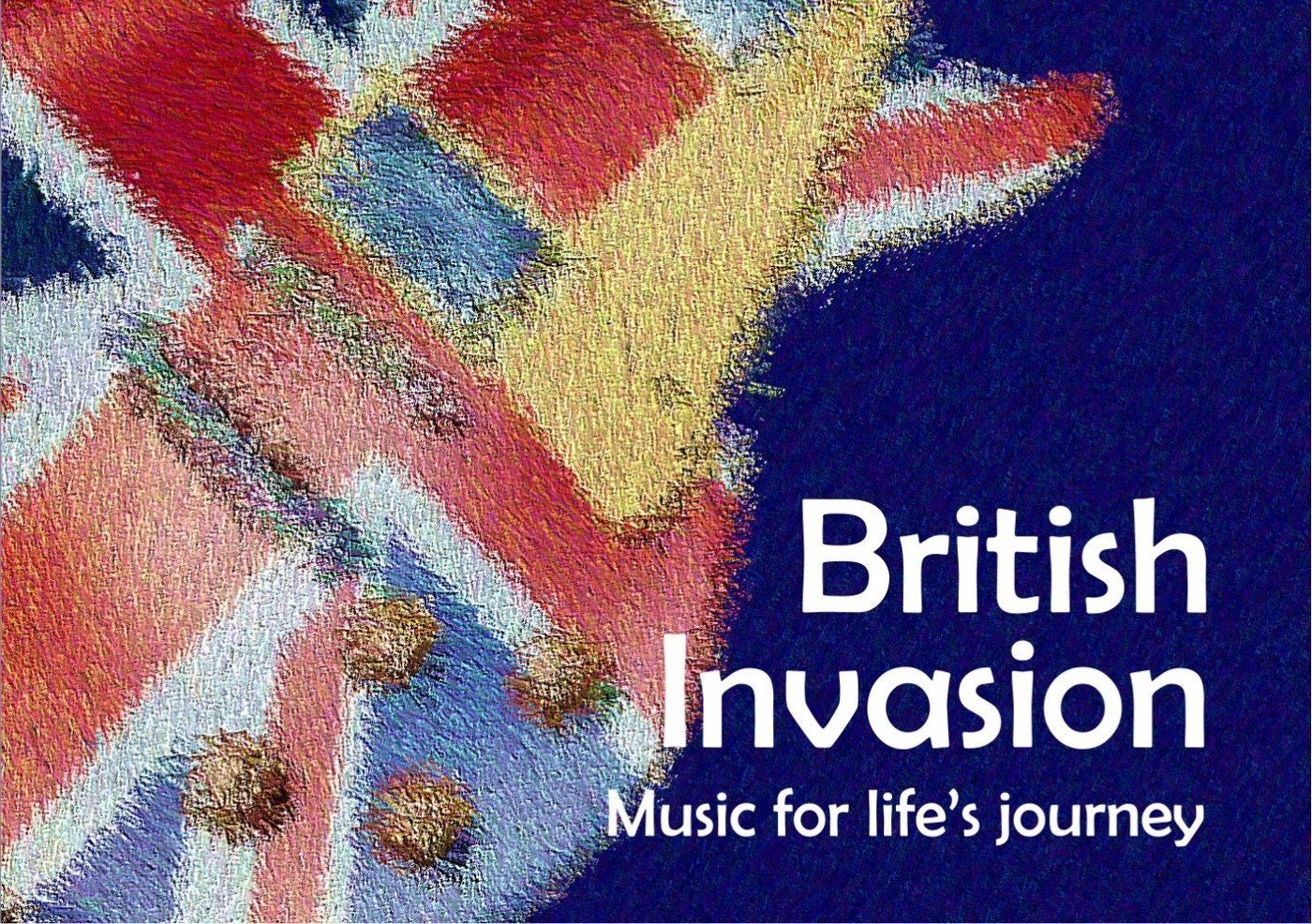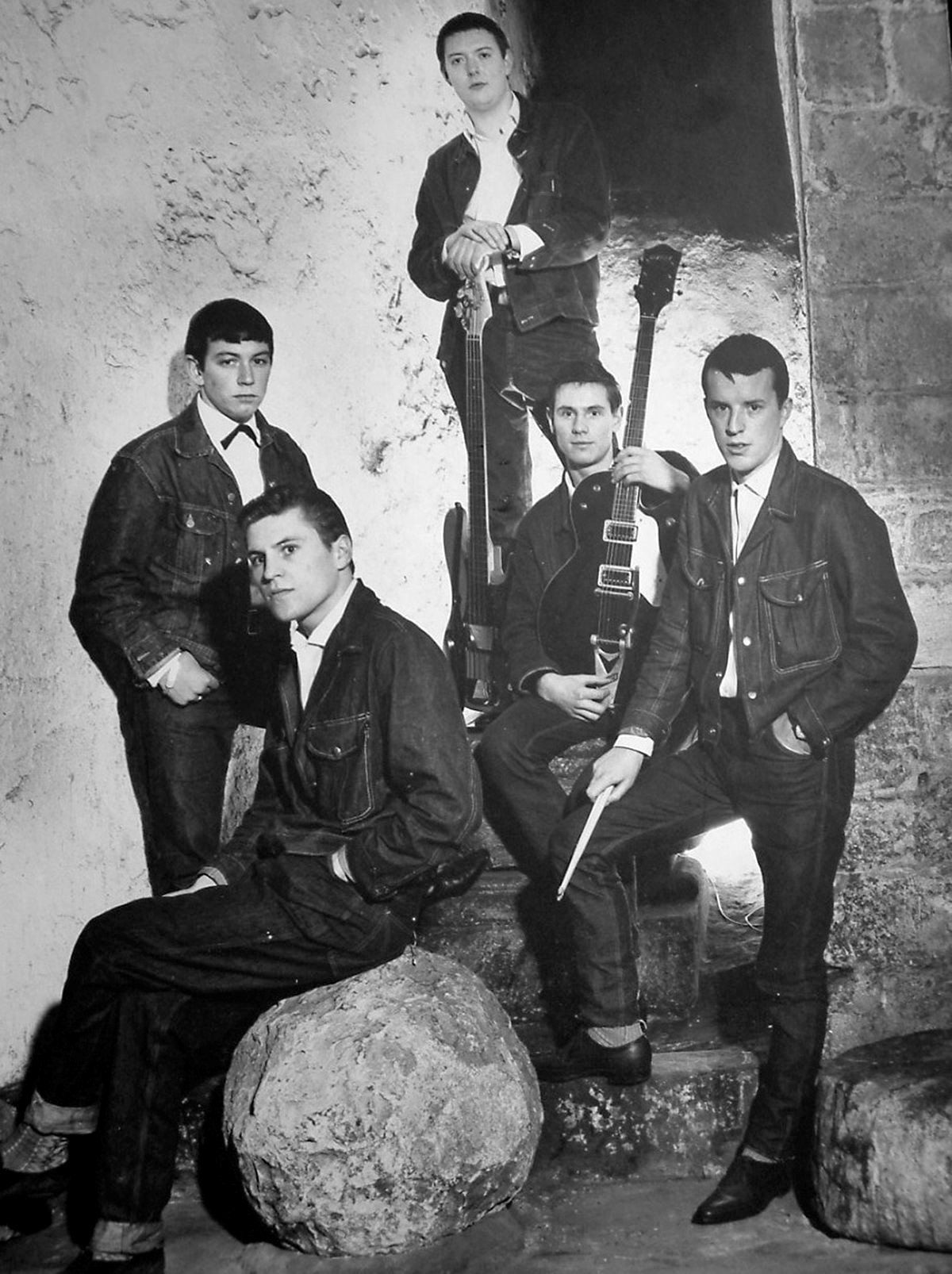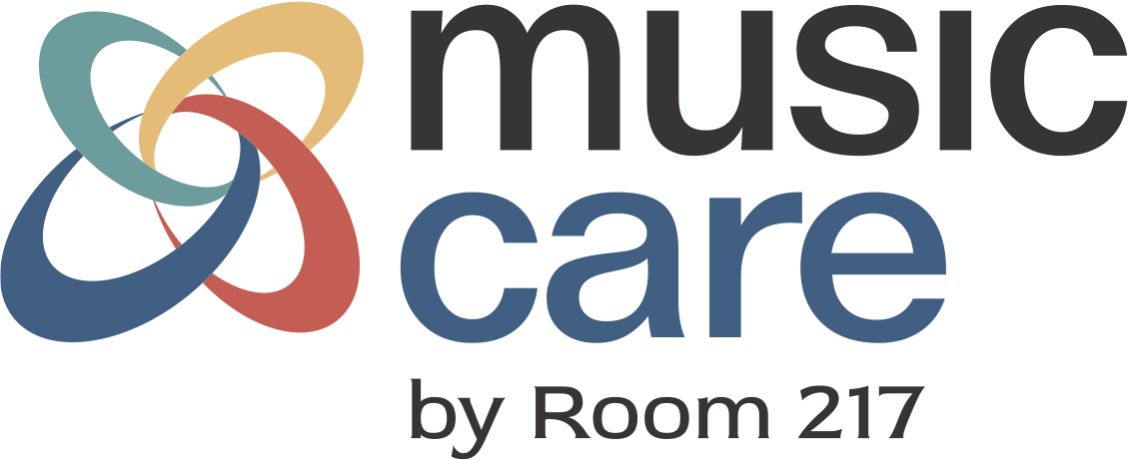Music in the liminal space: Part 3 - Implications
There is both qualitative and quantitative evidence to suggest that music has the capacity to fill liminal space and reach into the depths of consciousness. In part 1 , we looked at brain wave research and consciousness in persons who are dying, indicating that music may be a bridge to accompany them through the transition from life into consciousness beyond. In part 2 , we saw how the various dimensions of music appears to be recognizable in all states of consciousness, through hearing, entrainment, music as dialogical activity, and transcendence.
Palliative music therapist Deborah Salmon sees music as the container for the end-of-life journey. Music becomes the containing space that facilitates the process of connecting what is psychologically and spiritually significant, transforming experiences of suffering into meaning. [i] She believes that “the very breadth and depth of music makes it a wonderful tool at end-of-life by promoting relaxation, pain control, a sense of well-being and support of emotional and spiritual expression. Music has the capacity to speak directly to our hearts and souls.” [ii]
Implications are numerous. For the person dying, music can meet psychosocial and spiritual needs in the liminal space by being a companion through the transition, providing a backdrop for the experience, aesthetically beautifying the [clinical] space. It may promote sleep and distract from pain. For music can help de-stress and reduce anxiety, providing intimate space for release and closure. Music may add a sense of peacefulness to the space and provide comfort.
In a country where the population is aging [iii] , where every death impacts at least five people [iv] music as a means of accompanying people who are dying may become a necessary and cost-effective practice. As Boomers age and die, the demand for music as part of the dying process will increase. [v] There will be a demand for qualified music therapists, and other music care specialists like music thanatologists, harp therapists, and healthcare musicians. The need for baseline training to integrate music care strategies into formal and informal caregiving practices in hospice and palliative care will increase. As emerging technologies continue to discover new possibilities in consciousness, accessibility to music for this liminal space may increase.
Death is a topic I have never been afraid of talking about, perhaps because of my own personal belief in unending consciousness. What’s on the other side is some sort of continuation and only a mere breath away. For me, music has made that connection between here and there. I sensed it strongly in the death of my dad and my grandma and wrote about it in a song called For Now. The refrain goes like this:
Here-There, it only takes an instant
Here then There, one breath separates us
There-Here we’re bound in love together
Live our lives Here and There – for now
So, I wasn’t imagining it. My loved ones may really have had an enhanced sense of consciousness as they were imminently dying because they were accompanied by music. The music was bridge in the liminal space.
Bev Foster, MA, BEd, BMus, ARCT, AMus, is the Founder and Executive Director of the Room 217 Foundation, an organization dedicated to music and care. She is an experienced musician and educator who speaks and writes extensively on the power of music, especially in life limiting situations.
[i] Aldridge, D., ch. 1, Music therapy and spirituality: a transcendental understanding of suffering. from Aldridge, D., Fachner, J. (ed), (2006). Music and altered states. London: Jessica Kingsley Publishers, p. 168
[ii] Salmon, D. (1994). Endnotes: Music Therapy in Palliative Care. La Scena Musicale ;10(1).
[iii] Carstairs, S., (2009) http://www.parl.gc.ca/Content/SEN/Committee/402/agei/rep/AgingFinalReport-e.pdf
[iv] http://www.chpca.net/uploads/files/english/public_policy_advocacy/Fact_Sheet_HPC_in_Canada_August_2011_FINAL.pdf
[v] The generation known as the “boomers” were the intuitive discoverers of music. Baby boomers, born between the years 1947 and 1964, grew up with music. This post-war group is known to drive cultural trends from hula hoops to SUVs. The Boomer generation controls the world’s disposable income and they are living longer.


